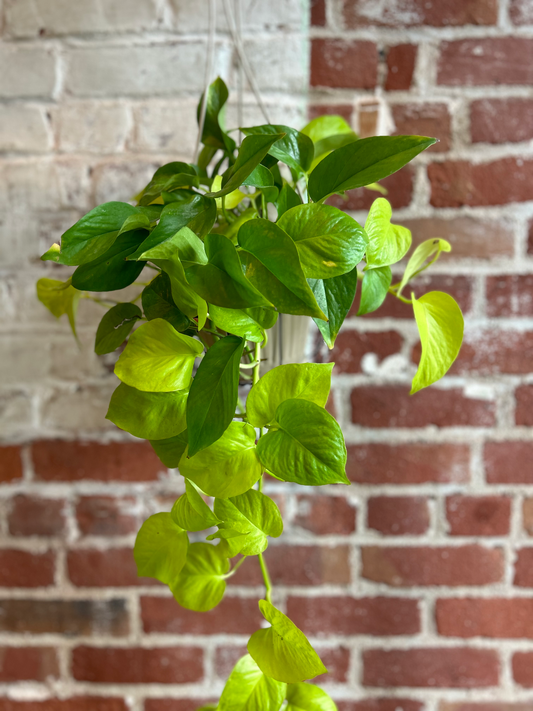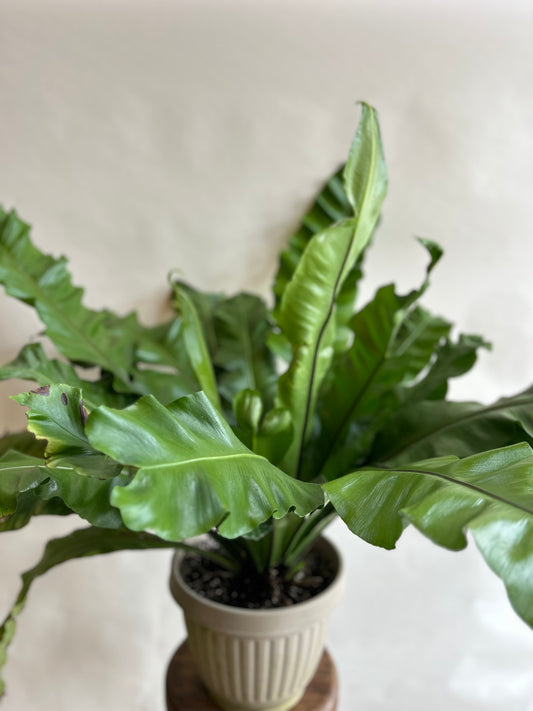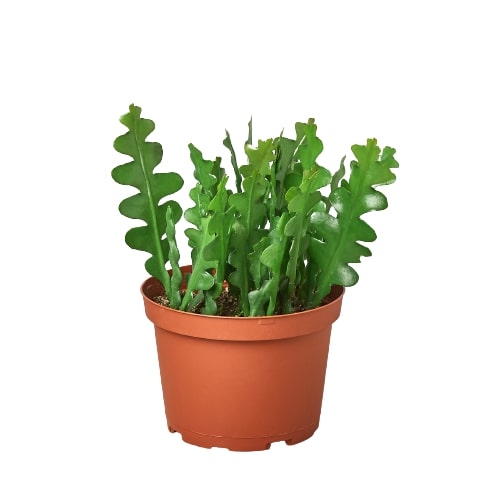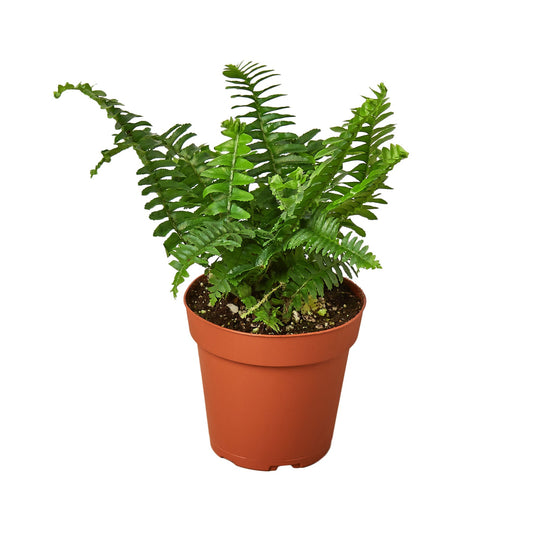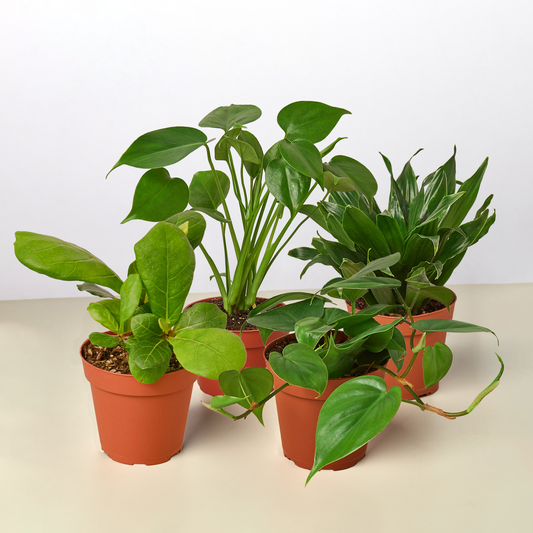What's The Best Pot For a Bonnie Spider Plant?
Cafe Planta Team
Choosing the right pot for your Bonnie Spider Plant isn't just about aesthetics. It's about giving your plant the best environment to thrive. Whether you're a seasoned plant parent or just starting your green journey, understanding what makes the perfect pot can make all the difference in your plant's health and happiness.
In this article, we'll explore the ins and outs of selecting the best pot for your Bonnie Spider Plant. We'll talk about materials, drainage, size, and even design tips to keep your plant looking stylish in your home. So, let’s dig in and find the perfect home for your leafy friend!
Understanding the Needs of a Bonnie Spider Plant
Before we start picking out pots, it's crucial to understand what your Bonnie Spider Plant needs. These plants are known for their air-purifying abilities and resilience, making them a popular choice for homes and offices. But remember, even the hardiest plants have preferences!
Bonnie Spider Plants thrive in indirect sunlight and appreciate a good watering routine. They're not fans of soggy soil, so ensuring proper drainage is a must. They also like a bit of humidity, which can be a consideration when choosing a pot material. Oh, and did I mention they grow quite fast? Keeping these factors in mind will guide us as we explore pot options.
Why Pot Material Matters
When it comes to pot materials, there's a lot more at play than just what looks good with your decor. Each material has its own benefits and drawbacks, particularly concerning how it interacts with the plant's environment.
Terracotta is a classic choice, known for its porous nature that allows moisture and air to pass through the walls of the pot. This is great for preventing overwatering, a common issue with indoor plants. However, terracotta can dry out quickly, which might not be ideal if you're in a particularly dry climate.
Ceramic pots, often glazed, are another popular option. They retain moisture better than terracotta and come in a wide variety of colors and designs. However, they might not offer the same level of breathability.
Plastic pots are lightweight, affordable, and retain moisture well. They don't have the natural look of terracotta or ceramic, but they're practical, especially if you tend to move your plants around.
Ultimately, your choice of material should balance aesthetics with the plant care needs of your Bonnie Spider Plant. If you’re prone to overwatering, terracotta might be your best friend. If you live in a dry climate, ceramic or plastic could be a better fit.
The Importance of Drainage
Drainage is a critical factor when selecting a pot. Bonnie Spider Plants, like many houseplants, don't enjoy having their roots sitting in water. Good drainage helps prevent root rot and other water-related issues.
Ensure your pot has at least one drainage hole at the bottom. This allows excess water to escape and air to circulate through the soil. If you fall in love with a pot that doesn't have a drainage hole, consider drilling one yourself or using it as a decorative cover for a smaller pot with proper drainage.
Using saucers or trays under pots can help catch excess water. Just remember to empty them regularly to prevent water from being reabsorbed into the soil. Some plant parents also use a layer of rocks or pebbles at the bottom of the pot to enhance drainage, although this should not replace having a proper drainage hole.
Selecting the Right Size
Size matters when it comes to choosing a pot for your Bonnie Spider Plant. Too small, and the plant can become root-bound, which stunts growth. Too large, and you risk the soil retaining too much moisture, leading to root rot.
A general rule of thumb is to choose a pot that's 1-2 inches larger in diameter than the plant's current pot. This gives the roots enough room to grow without overwhelming them with excess soil. Keep an eye on your plant, as rapid growth might require more frequent repotting.
Also, consider the depth of the pot. Spider plants have relatively shallow roots, so a deep pot isn't necessary. A wide, shallow pot can provide stability and accommodate the plant's growing foliage.
The Role of Design in Pot Selection
While functionality is paramount, the design shouldn't be overlooked. The right pot can complement your home decor and make your Bonnie Spider Plant a centerpiece in any room.
When selecting a pot design, consider the color scheme and style of your space. Do you prefer a minimalist look, or are you more into boho vibes? The pot's texture and color can either blend into your existing decor or stand out as a statement piece.
For a cohesive look, consider grouping plants with similar pot styles or experimenting with different shapes and sizes for visual interest. Remember, your pot is an extension of your plant's personality, so have fun with it!
Repotting: When and How
Eventually, your Bonnie Spider Plant will outgrow its pot. Knowing when and how to repot is essential to keep your plant healthy and thriving.
Signs that your plant needs repotting include roots growing out of the drainage holes, slower growth, or the plant becoming top-heavy. Typically, spider plants require repotting every 1-2 years.
When you're ready to repot, gently remove the plant from its current pot. Loosen any compacted roots, and place it in the new pot with fresh soil. Water the plant thoroughly after repotting to help it settle into its new home.
Soil Considerations
Choosing the right pot goes hand-in-hand with selecting the right soil. Bonnie Spider Plants prefer a well-draining soil mix. A general-purpose potting mix with added perlite or sand can enhance drainage and prevent waterlogging.
Some plant lovers opt for a homemade mix, combining equal parts peat, pine bark, and perlite. This provides a lightweight, airy medium that encourages healthy root growth.
Keep in mind that soil quality can degrade over time, even with the perfect pot. Replenishing the soil during repotting ensures your plant gets the nutrients it needs.
Maintaining Your Bonnie Spider Plant
Once you've chosen the perfect pot, maintaining your Bonnie Spider Plant involves regular care. Water your plant when the top inch of soil feels dry, and avoid letting it sit in water.
Fertilize sparingly during the growing season with a balanced liquid fertilizer. Too much fertilizer can lead to brown leaf tips, a common issue with spider plants.
Regularly check for pests, like spider mites or aphids, which can be treated with insecticidal soap or neem oil. And don't forget to dust the leaves, as dust can hinder photosynthesis and attract pests.
Final Thoughts
In summary, finding the best pot for your Bonnie Spider Plant involves considering material, size, drainage, and design. Each factor plays a role in ensuring your plant grows healthy and strong. Remember, the right pot can make all the difference in your plant's well-being.
At Cafe Planta, we love helping you care for your plants. Whether you're looking for new plant friends or stylish pots and accessories, we've got you covered. If you have any questions or need advice, feel free to email us or send a DM on Instagram. Let's keep those plants thriving together!


